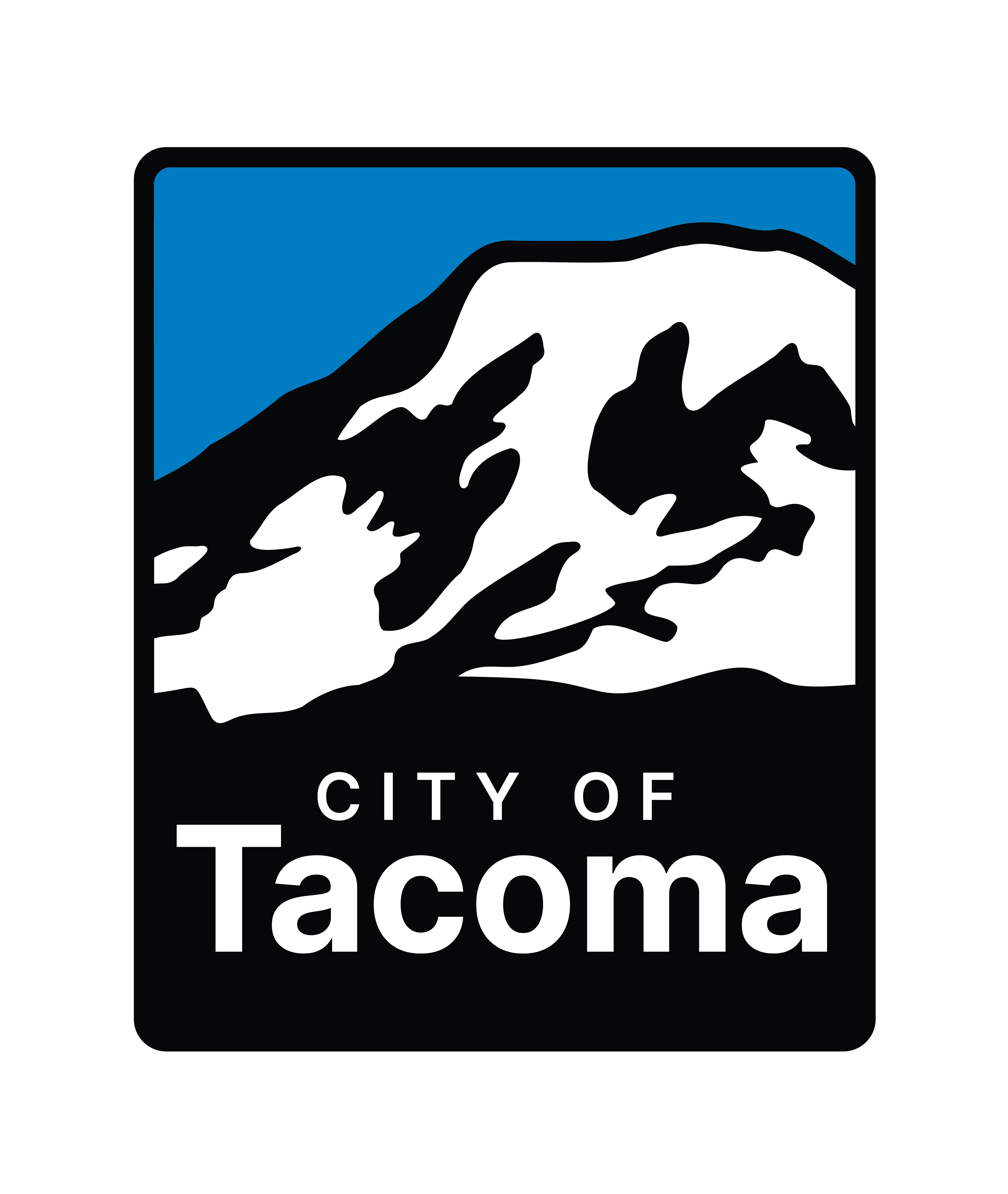



Choose the location type for your search from the list below. Search results that intersect multiple block groups will show all the intersecting block groups when selection is shown on the map.
Selection will include all intersecting block groups.
 Loading...
Loading...


This distribution chart shows how many are within each interval. Inervals are based on dividing the range of values into five equal categories. The arrow at the bottom of the chart indicates the median value, or the value that falls in the middle of the range of data.
The distribution chart above depicts how individual block groups are distributed across the value range for the selected indicator, whereas the map legend represents a quintile calculation for the indicator where block groups are equally distributed into quintile range.
| Free Trial Version | Full Version | |
|---|---|---|
| Census Demographic Data | ✔ | ✔ |
| Seattle Parcel Data | ✔ | ✔ |
| Health Data | ✔ | ✔ |
| Custom Area Select | ✔ | ✔ |
| Data is Current and Regularly Updated | ✔ | |
| Map Business Points | ✔ | |
| Export Data | ✔ | |
| Export to PDF for Printing | ✔ | |
| Additional Data Regularly Added | ✔ |